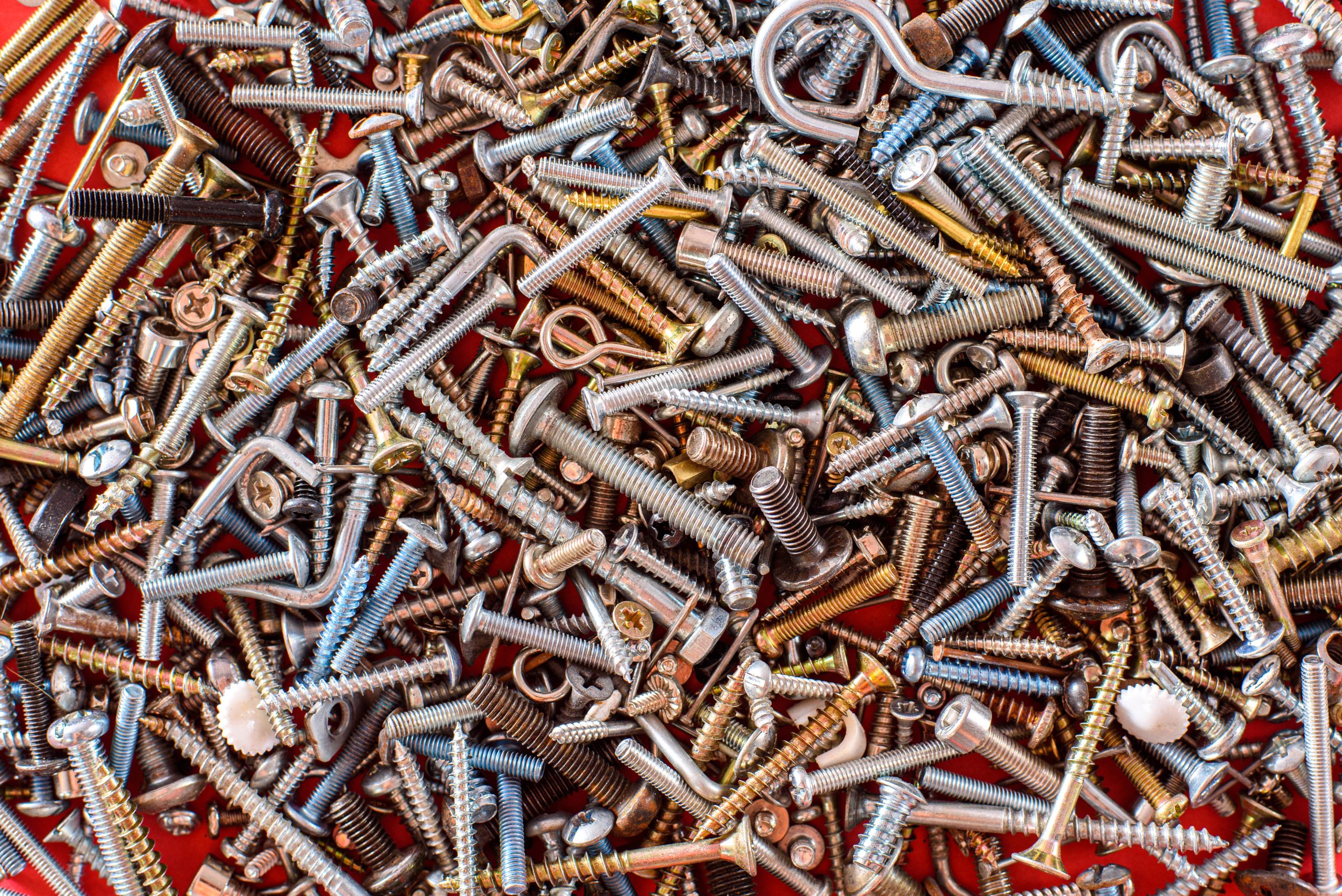
Fasteners are used in many industries and their primary role is joining two things together, either permanently or temporarily. Despite the similar function of many fasteners, some types are best suited for specific applications. When choosing a suitable fastener, the options can seem endless. So, with over dozens of fasteners and head styles available, it’s important to understand the features and benefits of each so you can select the best option for your project. Here are some of the most common fastener head styles:
Pan Head
The pan head has a unique design, featuring a slightly rounded top surface and short vertical sides. This head style is perfect for applications where flush mounting and smooth countersinking are essential.
Oval Head
This slightly rounded countersunk screw, called an oval head, is often used for its aesthetic appeal. An oval-head fastener has a larger surface area than a standard flat-head fastener.
Truss Head
Truss head fasteners are uniquely designed with an extra wide, low-profile head and a slightly rounded top surface. They are often used in applications that require a strong grip due to their large surface area, such as metal roofing or brickwork.
Square Shoulder
Like a carriage bolt, the square shoulder features a square-sided portion between its truss-style head and threads, making it resistant to rotation once installed. The square shoulder can also be permanently staked into place.
Phillips Wafer
The Phillips wafer style is relatively thin and features a Phillips slot. It is well-suited for consumer electronics and appliances due to its low-profile look.
Fillister
The standard fillister head is a type of fastener that is designed to be used in tight-space assemblies or counter-bored holes, as it has a smaller diameter than the round head but is thicker and has deeper slots. Its head diameter is slightly smaller than that of a pan head, with higher vertical sides and a taller overall head shape.
Straight-Sided Binder
This fastener style is ideal for electrical and radio components because the head is undercut to help bind wire strands with minimal fraying.
Washer
Designed to provide a larger bearing surface under the head, the washer head appears to be a standard round head used with a washer.
Indented Hexagon
Requires a wrench fastener instead of a typical slot head fastener; the top is indented for reduced mass.
Indented Hexagon Washer
The same design as the hexagon (above), except with an integrated washer base to protect the assembly surface from accidental marring during assembly.
Type U Weld
This fastener is designed for maximum head strength and efficient welding anode contact on the top surface.
Type T Weld
Similar to the U weld, the underside is designed for ideal electrode contact, providing a smooth, finished external surface.
One-Way
Just as the name implies, this fastener is designed to be tamper-proof – once assembled with a standard screwdriver it cannot be removed.
When it comes to fastener head styles, there’s no single solution to fit all product applications. Each offers unique features and benefits that may make it best suited for specific use cases. To learn more about the options available check out the products at Electronic Fasteners. From small parts to large-scale production runs, our team of experts can help you get the fasteners you need for your next project.

